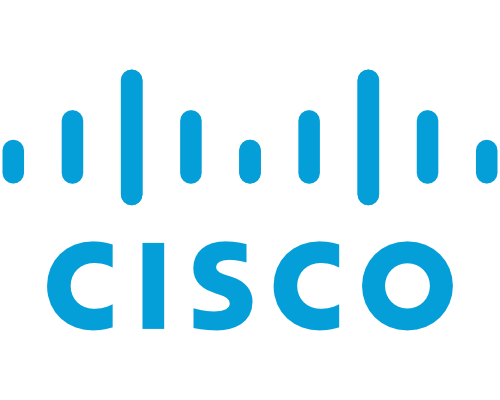As the largest enterprise cybersecurity company in the world, they lead the way with solutions that are driving the industry in SASE, XDR, and zero trust. Integrating it all is Cisco SecureX, their security platform that provides simplicity, visibility and efficiency across your security infrastructure.
SASE
The benefits of a SASE model are unlocked by working with a single vendor who can bring together best-in-class networking, security, and observability—while offering the flexibility and investment protection to transition to the cloud at your pace. Cisco provides all the building blocks of a SASE architecture today, brought together in a single offer.
XDR
Boost operational productivity using a cloud-native platform with analytics and automation built in. As is often the case when it comes to new methodologies and security practices, nailing down a precise definition can often be its own challenge. Defining what is and is not considered XDR has been something of a tricky subject for a lot of the industry over the last few years. Some vendors and analysts say that XDR absolutely MUST be rooted in endpoint detection and response (EDR) and/or network detection and response (NDR). Some say it’s more like a state of being in that you either have XDR or you don’t. Some companies and analysts don’t even agree on what the “X” in XDR stands for, with some favoring “extended” while others prefer “cross-based.”
In an effort to help cut through the confusion and provide those interested in learning more about XDR and what kinds of security outcomes it can provide them with, we want to share a more clear and concise definition. With that in mind, Cisco’s definition of XDR falls in line with that of lead Gartner analyst for XDR, Peter Firstbrook:
“A unified security incident detection and response platform that automatically collects and correlates data from multiple proprietary security components.”
We at Cisco believe that one of the most important aspects of this definition is the element of unity. As mentioned earlier, a big problem security teams face is trying to make a slew of siloed products work together to provide them with the full scope and context they need in order to effectively detect and remediate threats. To be effective, an extended detection and response platform needs to provide the following:
- Unified, enriched context – Streamline security operations with a platform that natively extends to correlate telemetry from Cisco and 3rd party solutions
- Accurate, correlated detections – Make more confident decisions by unifying broad visibility with the most informed multifaceted detection
- Faster, orchestrated responses – Empower your security teams to be more proactive and efficient with built-in automated response functionality
If you look at the current market space, many vendors claim to deliver XDR functionality in various ways – some with a new product, some by repackaging existing products, and others by using industry partnerships. While these solutions and approaches will likely yield some dividends in time, they will fundamentally fall short of delivering the above key XDR functionalities in the near term because the deep integrations required to unite a security environment take time to build. Much like how Rome wasn’t built in a day, XDR is a process that takes time to build and improve on. However, no matter where you might be on the road to implementing XDR, Cisco can help.
eMail Security
Learn how Cisco Secure Email has been radically simplified and optimised to help you better defend against attacks. With Cisco we offer a full suite of IT security solutions to secure your email environment from DMARC till normal and internal email flows.


